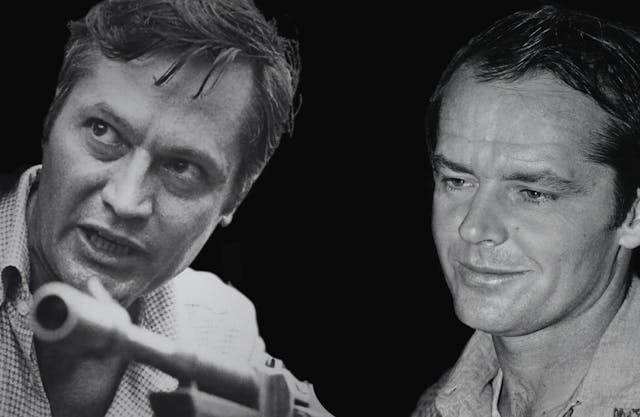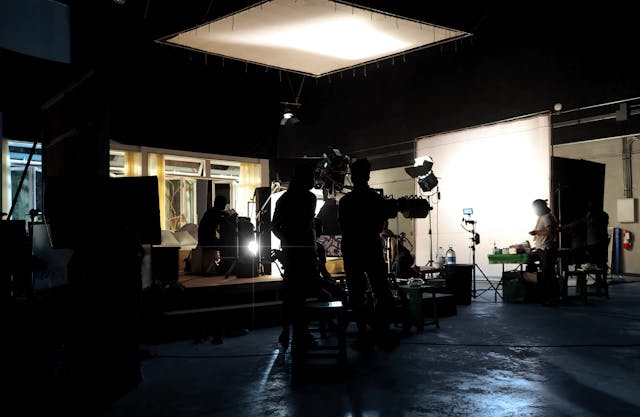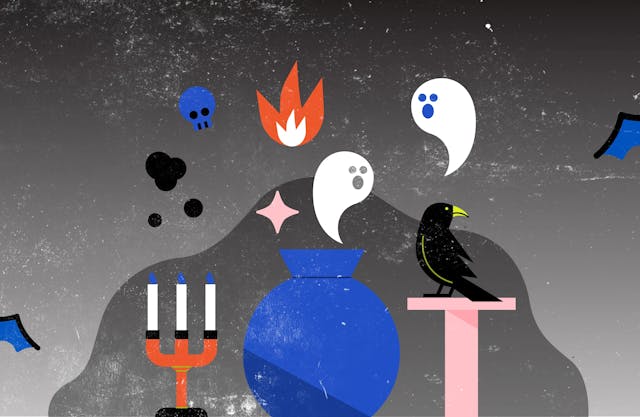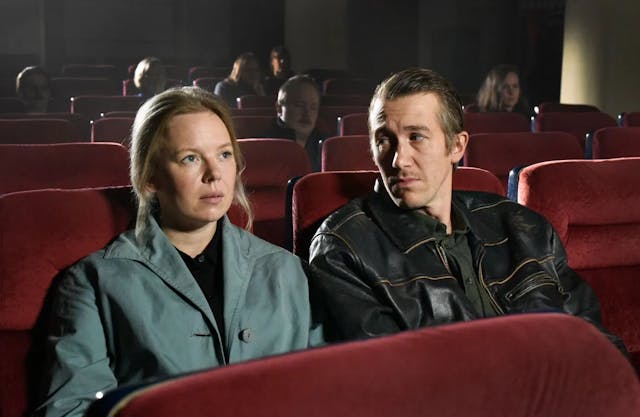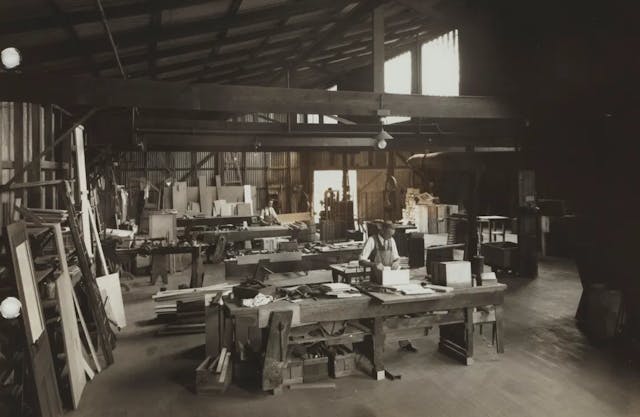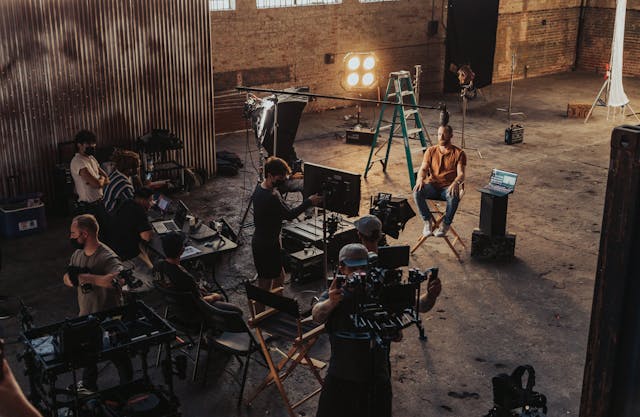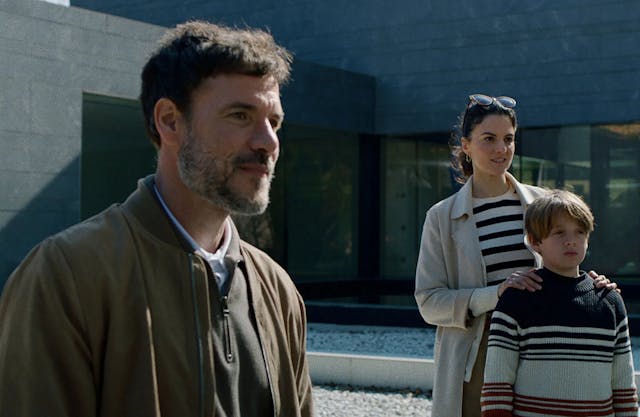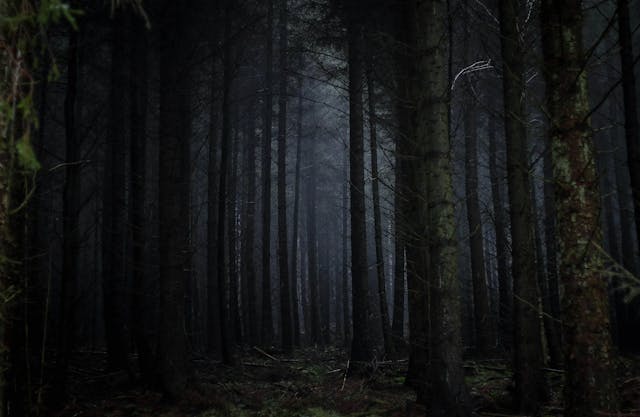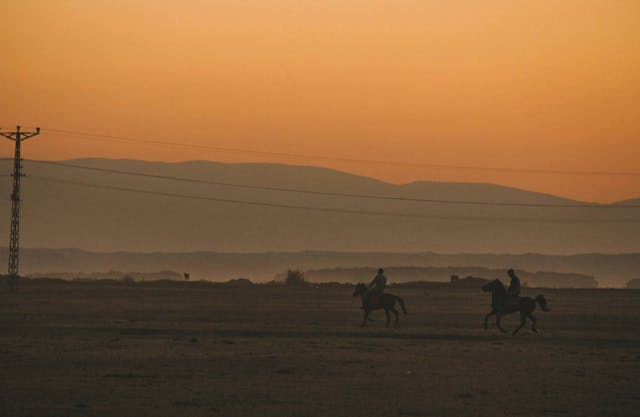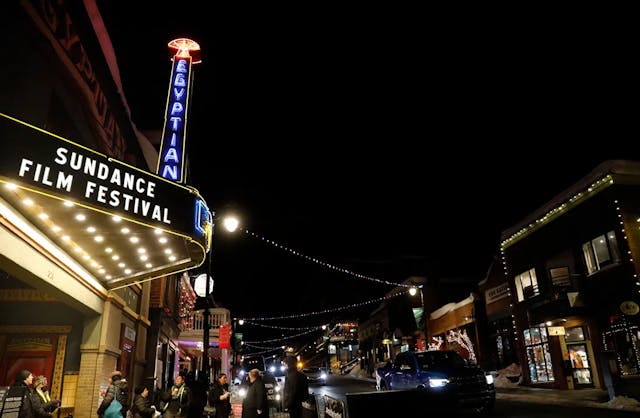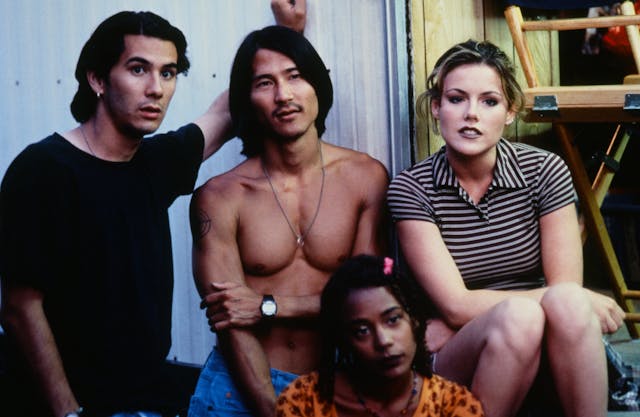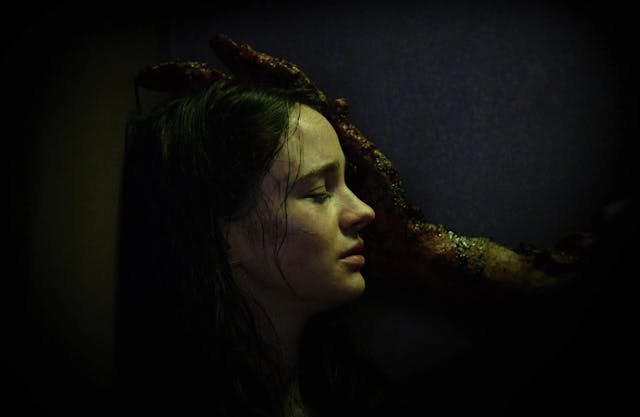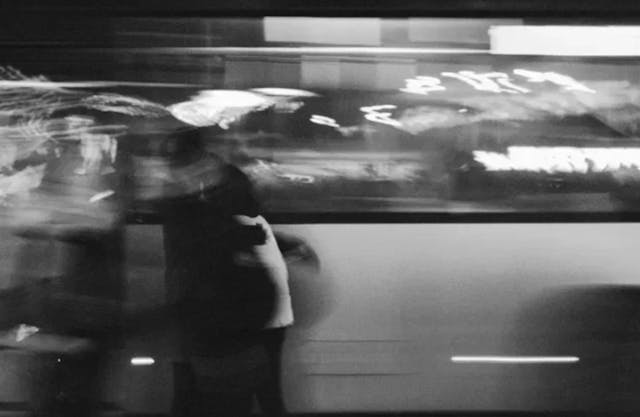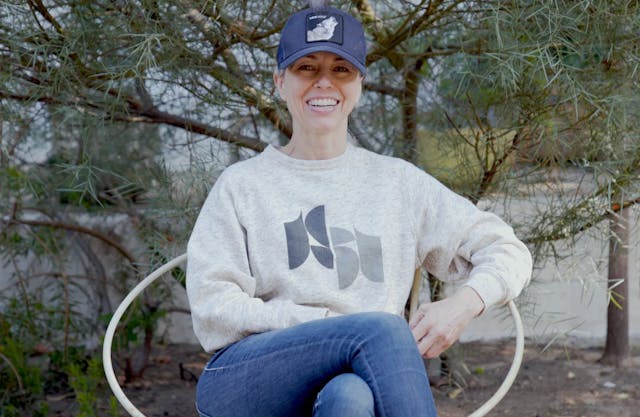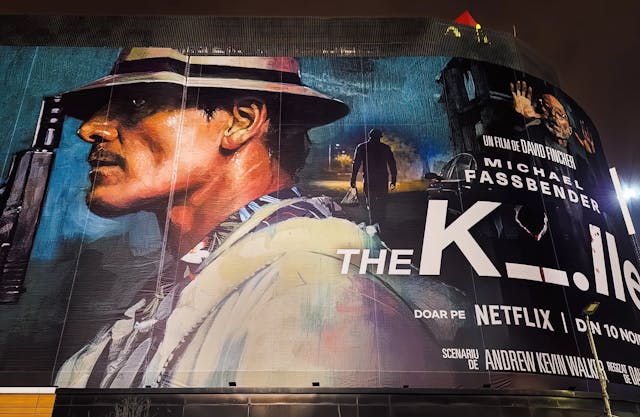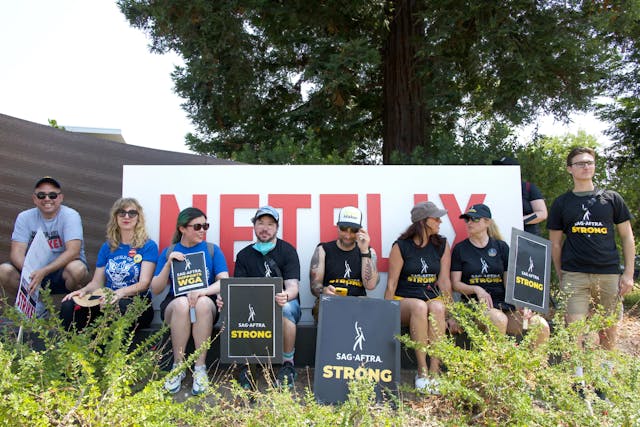"The Terror": When Francis Ford Coppola Was Roger Corman's Assistant
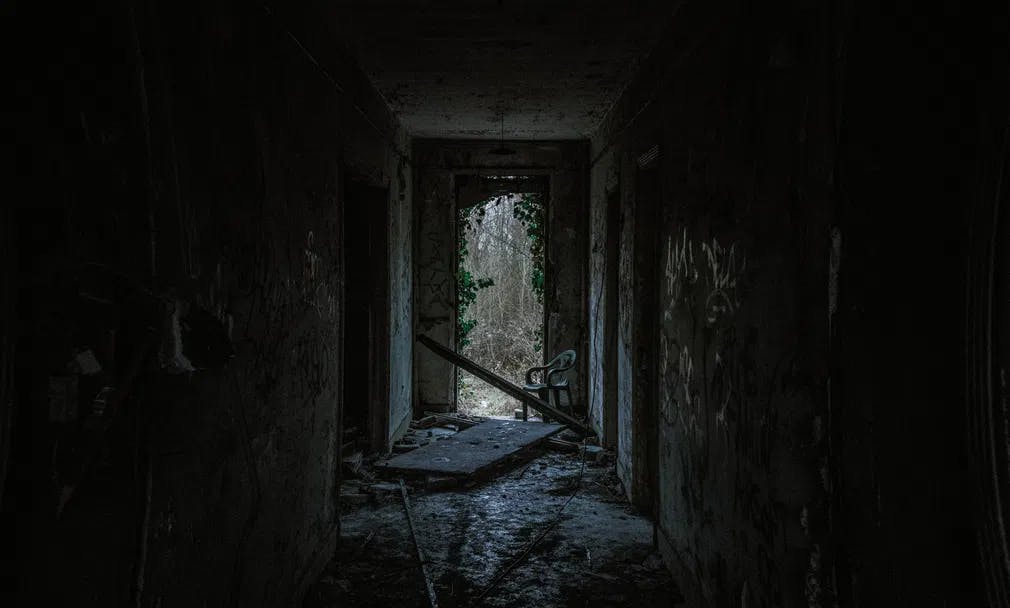
Roger Corman was not just an indie producer and director. He was also a gatekeeper to the movie industry. An unexpected cadre of high-profile talent entered Hollywood through the back door, thanks to their work in Corman productions - case in point: Francis Ford Coppola.
A decade before delivering classics like “The Godfather” (1972), Coppola was a young film student at UCLA, scrambling to get jobs. After a few sexploitation, low-low-budget flicks, he was hired by Roger Corman to take a soviet sci-fi movie and make it palatable for the American Grindhouse market. “Небо зовёт” (1959), roughly translated as “The Sky Is Falling,” was an action drama about Russian and American space missions competing to arrive first on Mars. Produced in the middle of the space race, it was a popular propaganda piece for soviet audiences still high on the triumph of the Sputnik mission.
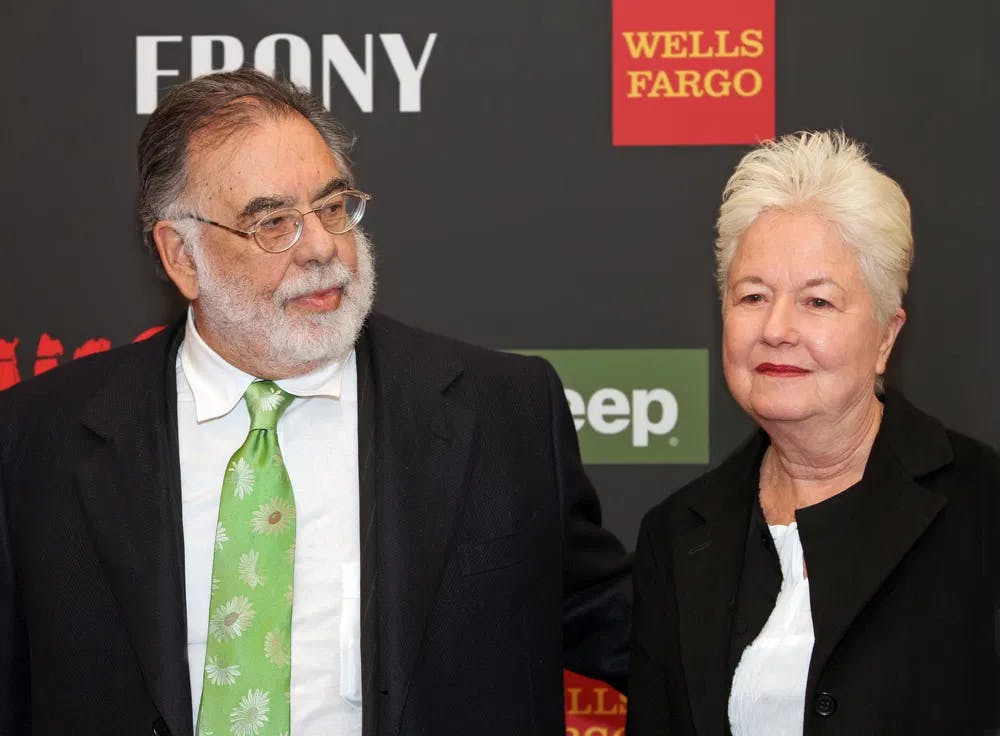
Francis Ford Coppola and wife Eleanor at a 2012 movie premiere / Photo by © Laurence Agron, Dreamstime.com
To buy a foreign film and repurpose it for American audiences was not unheard of. "Godzilla" (Ishiro Honda, 1954) is the original, sorrowful Japanese movie that exorcised the traumas of the atomic bomb. It was re-edited for the US audience, toning down the country's role in the bombing of Hiroshima and Nagasaki and inserting new scenes introducing an American character: a reporter played by Raymond Burr becomes a makeshift protagonist, someone local audiences could instantly relate to. Burr shot all his scenes in six days at a Hollywood studio. "Godzilla: King of All Monsters!" was released stateside in 1956.
Corman hired Coppola to do something similar with “The Sky Is Falling.” The propaganda bent of the movie needed to be reversed, making Americans the heroes and the Soviets their loser foes. Far from appealing to the kiddie market, Corman was aiming at adults. Coppola supervised reducing with English-speaking actors, shot new scenes that introduced sex in the mix including monsters that looked like genitalia - and re-edited the movie. The result, “Battle Beyond the Sun” (1959), pleased Corman so much that he hired Coppola permanently as his assistant.
An Education in Roger Corman’s Conservatory
Forget UCLA. Coppola got a real-life education under Corman’s wing. The position made him a jack-of-all-trades at Corman’s company, working in every possible place needed to make a movie. One of the most challenging projects came in the form of “The Terror.” The movie came at the end of Corman’s cycle of classic horror films based on Edgar Alan Poe’s tales - do not confuse it with the 2018-2019 AMC Channel series that lasted two seasons. Mind you, it is not based on anything written by the legendary writer. It only shares the period trappings, the morbid fascination with death, and a full commitment to the spirit world.
The movie stars Jack Nicholson in one of his first starring roles - by then, Nicholson had paid his dues in many TV productions and Corman movies, like "Little Shop of Horrors" (1960) -. Still far from his breakout role in "Easy Rider" (Dennis Hopper, 1969), Nicholson is Lieutenant Andre Duvalier, a soldier during the Napoleonic wars, separated from his regiment. He finds a mysterious, beautiful woman on a lonely beach - played by his then-wife, actress Sandra Knight -. She disappears in the sea's waves after leading him to a freshwater spring. Obsessed, Duvalier searches for her in the cabin of a witch (Dorothy Neumann), who insists no such woman exists. He ends up at the nearby castle of Baron Victor Von Leppe (Boris Karloff). On display in his court is a portrait of the same woman that charmed the soldier. Von Leppe reveals she is his wife, who died 20 years ago. Unsatisfied with the explanations, Duvalier sets out to unearth the truth. And perhaps, a corpse or two.
“The Terror” is a testament to Corman’s hustler spirit. The idea for the movie came about when he was finishing the shooting of “The Raven” (1963). The most star-studded of his Poe movies benefited from a cast headlined by Vincent Price, Boris Karloff, and Peter Lorre. Eager to take advantage of the monumental sets by Daniel Haller, he hired Karloff for two days of shooting.
Corman gave Leo Gordon a week to develop a 60-page script in a week. He then filmed with the small cast and Karloff coming and going through the castle set. At the same time, the crew dismantled it, hot on their heels, barely outside of the camera’s range. With those scenes in the can, Gordon wrote the rest of the script, all scenes outside the castle walls.
Corman was engaged in other projects, so he sent Coppola to shoot exterior scenes on the California beach of Big Sur. Unable to shoot with a union crew, he instructed Coppola to hire UCLA students. Three days became eleven, as Francis let his creativity fly. According to Corman, the emergency director changed the script and shot news scenes on the fly - this modus operandi anticipated the embattled production of “Apocalypse Now!” (1979) -.
Alas, it was not enough. Corman needed more scenes. Coppola had moved on to another job. "The Terror" became a musical director's chairs game, with Dennis Jakob, Monte Hellman, and Jack Hill shooting more material. No wonder it feels so choppy at times. In the end, Corman returned to reshoot some scenes and add some expository dialogue that ties up the convoluted plot with a twist too many in a rather unsatisfying manner. Still, the movie looked expensive and sounded even more so. Composer Lex Baxter and conductor Ronald Stein recorded the score with the 90-piece Munich Symphonic Orchestra. Corman's meager budget could get more musical bang for their buck in Europe.
Eventually, Coppola returned to the Corman racket to direct in full "Dementia 13" (1963), a horror drama shot in Ireland. It is his first official feature-length directing credit. By sheer force of the director's name, it entered the pantheon of cult classic movies. You can watch "Dementia 13" now on Popflick. His latest, the eagerly-awaited "Megalopolis," looms on the horizon. It will premiere at the 2024 Cannes Film Festival. This is the perfect moment to see where and how it all began for Francis.
Just ten years later, "The Godfather" amassed ten nominations for the Oscar, including Best Director for Coppola. It won three prizes, including Best Picture.
Lessons Under Duress
“The Terror” might be the lesser work in Corman’s Gothic Grindhouse phase, but it is not without its charm. The atmosphere is intoxicating. The young Jack Nicholson cuts a dashing figure, even if he is too modern an actor to inhabit the same universe as Karloff convincingly. Dick Miller, a recurrent performer in Corman movies, turns a tacked-on character into the ballast. Compare his fearsome, ruthless butler with the nebbish accidental killer in “A Bucket Of Blood” (Corman, 1959) - and you will be pleasantly surprised with his range. He would go on to a long career in more films by the Corman school and its alumni - check him out in Joe Dante’s “Piranha” (1978), "Gremlins” (1984), and “The Burbs” (1989).
As evidenced in “The Terror” saga, the Corman method seems like fly-by-the-seat-of-your-pants improvisation. Alas, it sets an example for indie movie production in the XXI Century, whether in the US or abroad. You have to roll with the punches. Argentinian director Rodrigo Moreno shared with us how he shot his epic existential heist movie “The Delinquents” in fits and starts over four and a half years. Film funds tend to have expiration dates, and it is quite hard to put everything in line so that you can shoot everything in one go. This is now the lay of the land all over the world.
Star power matters. Corman was very astute at recruiting Karloff. Even if the horror legend was in the twilight of his career, he was a name that filled seats in the theaters - and cars in the drive-in cinemas. To parcel out all the scenes of a star in a limited amount of days lowers the bar for acceptance of a role. To take a one-week commitment is easier than six weeks. Betting on up-and-coming talent is also a positive. You might luck out in the long run. Nicholson’s stellar career gives “The Terror” longevity. It might not be one of the best films in his filmography, but curiosity works in its favor. Fans will always want to know about the start of his career. His name also carries visibility in distributors' catalogs, streamers' grids, and theater marquees.
Fight For Independence in Film Production
Coppola and many of the directors who got their start in the Corman Factory - like Martin Scorsese, who is currently earning accolades with his latest movie, “Killers of the Flower Moon” - took the grindhouse racket as a trampoline, a bridge to cross towards more prestigious endeavors. Still, they saw firsthand the bliss of not being indebted to tyrannical moguls, the executive suite, or faceless focus groups. Perhaps Coppola was the one who took the lessons more to heart. Early in his career, he founded his own production company, American Zoetrope, and once he had enough money and influence, he expanded into a studio in San Francisco. He backed fellow directors, like George Lucas, with “American Graffiti” (1973) and offered a lifeline to giants he admired as they struggled to find financing. Without his initiative, we would not have Akira Kurosawa’s “Kagemusha” (1980), Jean Luc Godard’s “Every Man For Himself” (1980), and Godfrey Reggio’s “Koyaanisqatsi” (1982).
More importantly, American Zoetrope allowed Coppola full independence to do what he wanted. The enterprise suffered under the commercial failure of his expensive romantic-comedy musical “One From The Heart” (1981) and the period drama “The Cotton Club” (1984). Still, the point is that he got to do what he wanted.
In the nineties, he did a couple of cash-grab studio projects to stay afloat - the dismal “Jack” (1996) and the well-reviewed John Grisham adaptation “The Rain-Maker” (1997), but he followed up with a string of striking experimental indies. Even when they got bad reviews, they proved the veteran filmmaker had a youthful approach to the medium. Hunt down “Youth Without Youth” (2007) and “Twixt” (2011). “Tetro” (2011) is particularly interesting. Like Corman going to Europe to get classy production values and stars cheaper than Hollywood, he ventures to Argentina for a moving drama about estranged brothers, with Vincent Gallo (Buffalo 66) and Alden Ehrenreich in his feature film debut - yes, the actor who stole this year’s “Oppenheimer” (Christopher Nolan, 2023) was discovered by Coppola. Also on board is Spanish actress Maribel Verdú.
And now, at 78 years old, the filmmaker is again paying a high price for independence. He sold part of his winery business and liquidated assets to cover the $120 million budget of his dream project, “Megalopolis.” He has been pitching his original script to Hollywood studios since the ‘80s. The movie is in post-production, with Aubrey Plaza and Adam Driver leading a cast that includes Shia LaBeouf, “Breaking Bad”’s Giancarlo Esposito, “Game of Thrones”’s Natalie Emanuel, Jason Schwartzman, Dustin Hoffman, Jon Voight, Laurence Fishburne, Forest Whitaker and James Remar. No release date has been announced, but we have high hopes for 2024.
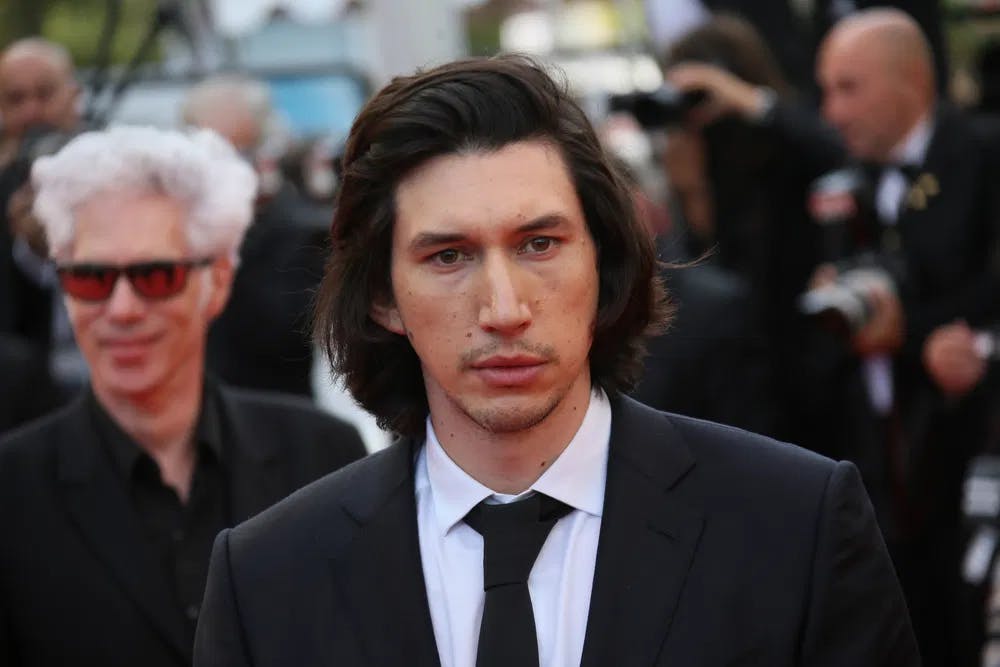
Adam Driver finished the shooting of Coppola's next film "Megalopolis" / Photo courtesy of © Denis Makarenko, Dreamstime.com
Parting Words
Nothing further of “The Terror” than “Megalopolis” in scope, ambition and budget. Still, both serve as examples of making movies outside the studio industry and experimenting with the form. You might strive for low budget movies or expensive passion projects. Either way, take inspiration from the masters. Both land at opposite sides of the equation: Corman makes movies for pennies, and Coppola burns truckloads of money. They both arrive at the same place from opposite directions. Nobody wanted to finance “Apocalypse Now!” Coppola paid for it, and now he owns it entirely. Sure, he had a heart attack filming it, but hey, he made the movie he wanted to make. We should all be so lucky.
Want to get an email when we publish new content?
Subscribe today